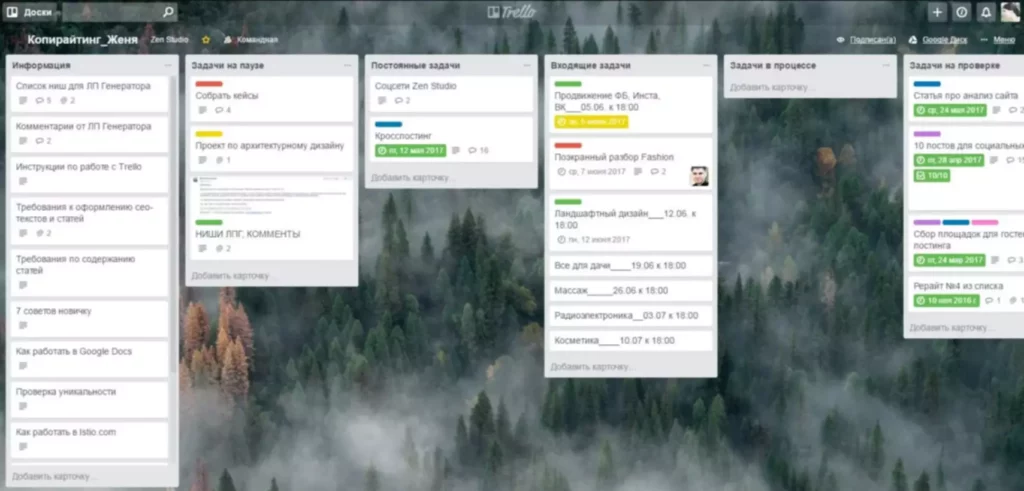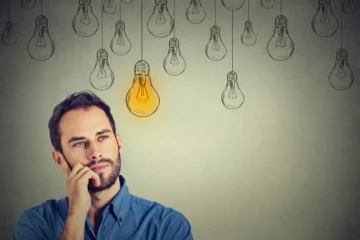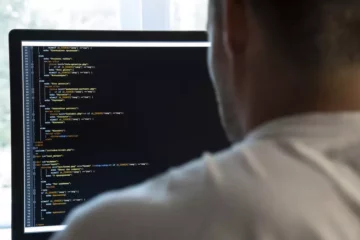Vector image codecs are file sorts particularly designed to store vector graphics. Unlike raster image codecs that depend on pixels, vector formats use mathematical formulation and paths to define shapes, traces, and curves. This permits for several advantages, corresponding to infinite scalability and smaller file sizes. Choosing the best format is crucial for attaining the best outcomes when working with digital graphics. Two major picture types—vector and raster—serve completely different purposes, and understanding their differences might help you optimize your designs.
When working with digital recordsdata, these are two terms you’ll come across often. Every one has its own advantages and disadvantages, so it’s essential to have an understanding of what they are and when to make use of every one. This means that for highly detailed or photo-realistic designs, raster graphics are typically https://deveducation.com/ most well-liked. Because they’re made up of a set number of pixels, they may turn into pixelated or unclear when scaled up or printed at a large size. In addition, raster graphics might have big file sizes, making them unsuitable for web-based functions or other instances the place file size is a problem.
What Are The Common Use Circumstances For Raster Graphics?
In Raster pictures the resolution is made up of thousands of sq. pixels, pixels per inch (PPI) or dots per inch (DPI). Their size is always fastened so should you expand a Raster picture it’ll become blurry. If you need to preserve the standard of a Raster picture you can solely scale down the picture. Raster pictures may be created with software like Adobe Photoshop or GIMP.
Trendy GPUs are particularly designed to handle rasterization effectively. They can process tens of millions of triangles per second, allowing video games to maintain high frame rates even at 4K decision. The process begins with defining vertices—the corners of every triangle within the mesh. These vertices comprise details about position, colour, and texture coordinates. The graphics pipeline then transforms these 3D coordinates into 2D display coordinates.
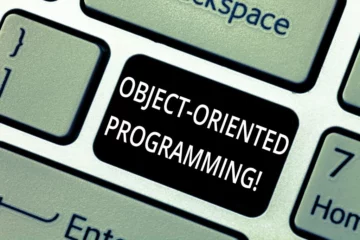
Unleash Interactive Svg Animations With An Svgatorplayersdk
These are made up of pixels, two-dimensional squares which have a certain colour value (more about colour values and the method to outline them here). A raster picture consists of a quantity of pixels, which collectively form a grid. If that technical rationalization didn’t make much sense to you, think of it this manner. With raster pictures, you are principally telling your computer, “this pixel must be blue, the next one should be purple, the one after that must be pink,” and so forth. But with vector images, you’re saying, “fill the background with a left-to-right gradient that fades from blue to pink.”
These properties are saved as mathematical equations that can be modified and manipulated with out altering the picture’s high quality. This makes vector graphics excellent for creating logos, illustrations, and different images with easy types and strong colours. Raster graphics are digital photographs made up of a grid of pixels, every with its own colour worth. Raster graphics are good for capturing photographic photos, however raster and vector graphics when scaled up or printed at a large measurement, they may turn into pixelated or indistinct. On the opposite hand, vector graphics use mathematical paths, making them excellent for designs that need to be scaled with out losing high quality, like logos and illustrations. Each have their very own strengths and weaknesses, and knowing when to use every can make an enormous difference in your design work.
How Are Raster Photographs And Vector Graphics Different?
A continuous raster surface can be derived from a exhausting and fast registration point. For instance, digital elevation models use sea degree as a registration point. Continuous rasters (non-discrete) are grid cells with progressively altering knowledge similar to elevation, temperature, or an aerial photograph. For instance, one grid cell represents a land cover class or a soil kind. In some contexts, the time period bitmap implies one bit per pixel, whereas pixmap is used for pictures with a number of bits per pixel. Lighting calculations are becoming extra subtle with unified sampling approaches that handle direct and indirect illumination seamlessly.
Is High Decision A Raster Or Vector Image?
- Physics-based rendering (PBR) continues to evolve toward greater accuracy.
- Ray tracing’s complexity depends on scene complexity, resolution, and lighting situations.
- Rasterization and ray tracing function on basically totally different rules to generate 3D images.
- Aggressive video games significantly favor rasterization for its consistent 60+ FPS performance even on mid-range hardware.
- If you need to be taught more about similarities, differences, pros and cons of vector and raster information in mapping, remember to check our Raster vs Vector Map tiles guide.
Rasterizing is the process of converting a vector image right into a bitmap image. Typically, you need to rasterize an image as a result of the file format you’re using doesn’t help vector pictures. Or, you might need to rasterize an image because you wish to apply a Photoshop filter or bitmap impact that can solely be utilized to raster images. As a graphic designer, it’s necessary to know the difference between raster and vector picture types.
The brain is then fooled and blends the colours collectively into a single image. Vector and Raster graphics are two forms of digital graphics utilized in various projects. The vector picture consists of mathematical formulas that management the path of the picture.
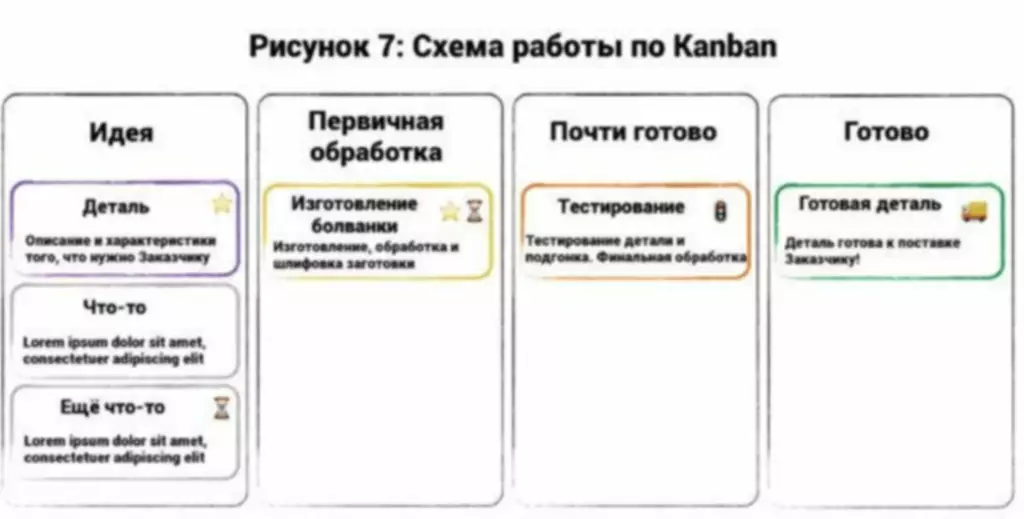
Ray tracing’s complexity depends on scene complexity, decision, and lighting situations. Each primary ray can spawn a number of secondary rays, creating an exponential relationship. Trendy GPUs are extremely optimized for rasterization, with dedicated hardware to process millions of triangles per second. This efficiency explains why rasterization has dominated real-time rendering for many years. Rasterization transforms these 3D coordinates into 2D display screen positions.
From an animator’s perspective, this strategy entails drawing or manipulating individual pixels in every body, which could be a meticulous course of. In conclusion, raster and vector graphics are two different strategies for creating digital images. Raster graphics use pixels and are finest suited for photos and detailed images, whereas vector graphics use mathematical objects and are finest suited for simple shapes and solid colors. We use algorithms that compress images to assist reduce these file sizes. Image formats like jpeg and gif are frequent compressed picture formats. Scaling down these images is easy but enlarging a bitmap makes it pixelated or simply blurred.
Converting a Raster picture to a Vector picture is difficult and time-consuming. Also, changing Raster to Vector is pointless because the printed images or photos captured with a digital camera are in Raster format. Vector images may be created with specialized software program like Adobe Illustrator, CorelDraw or InkScape. Although the Vector images are less detailed they provide exact paths. Vector images can be transformed into Raster graphics to port between techniques.


